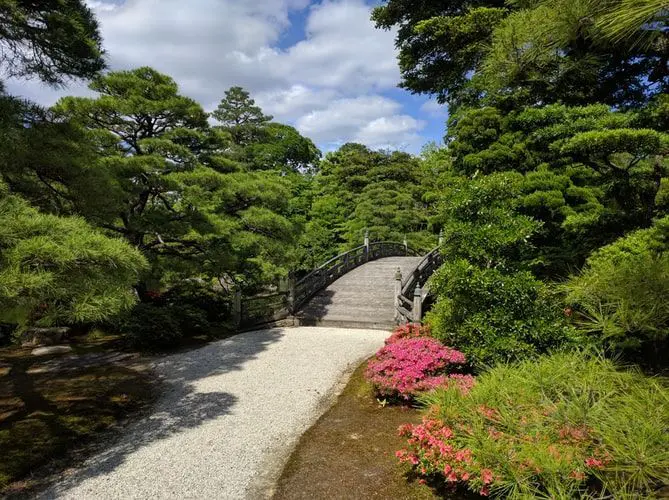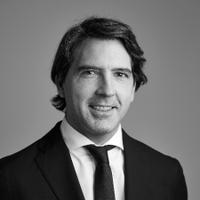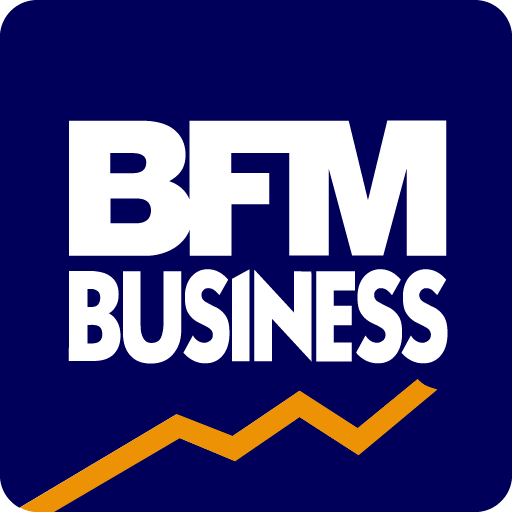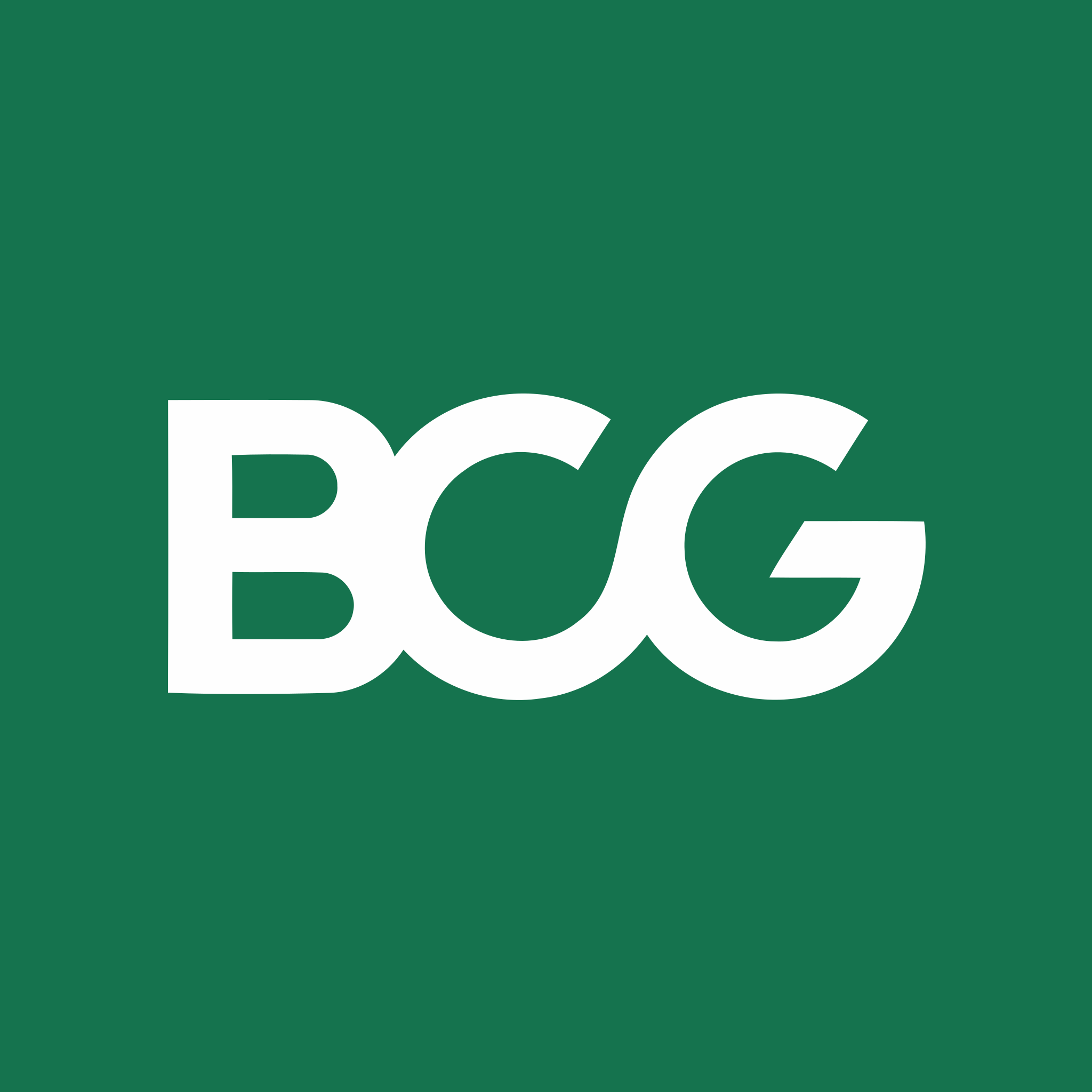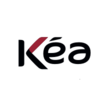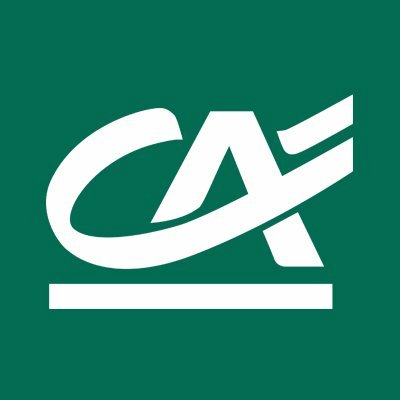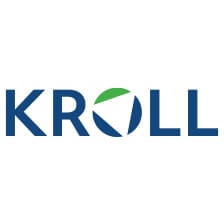Summary of our market study
The global green roofing market, valued at 1.1 billion USD, is enjoying robust growth
The Belgian market is very promising, particularly in Brussels, due to the legal obligation to install green roofs on new buildings over 100 m².
With an urbanization rate of almost 98%, the demand for green roofs in Belgium could intensify as it offers opportunities for companies specializing in eco-construction, especially as concerns about energy efficiency and environmental impact gain ground.
One of the main trends in the Belgian market is the adaptation of these roofs to new buildings and renovations. The average cost of maintaining these roofs remains low, particularly for extensive roofs characterized by a thin layer of vegetation and substrate.
The market volume for green roofs in Belgium is estimated at around 14.3% of that in France.
Market players.
- Groenbedrijf Van Vlierde: A Flemish green roof pioneer Based in Flanders and a leader in the sector.
- Harmonie offers its customers an essential service: green roof maintenance.
- Green Plan
- Belgian Federation of Green Roofs (BFG)
to understand this market
Detailed content of our market study
 Inforamtion
Inforamtion
- Number of pages : 35 pages
- Format : Digital and PDF versions
- Last update :
 Summary and extracts
Summary and extracts
1 Market overview
1.1 Presentation and definition of the market
The greening of a roof or Horizontal Planted Complex Wall (HPCW) can be defined as the installation of a set of materials and plants composing a microflora with a water drainage system The installation of green roofs must be compatible with the existing roof structure (slab...) and the existing materials (concrete, wood...). The technique was developed in architecture in the 1970s, mainly in Scandinavian countries, Germany, Switzerland and more recently in France and Belgium in the 1990s and 2000s.
The composition of the different layers of substrate, filtration and drainage that make up the green roofs are essential. A layer of special EPDM plastic sheeting (with anti-root felt if necessary) or non-metallic welded or glued waterproofing elements separate the supporting roof structure from the substrate and drainage layer of the green roof.
There are several types of PCVH (intensive, extensive, semi-extensive...) and several installation systems: pre-vegetated sedum mats, pre-vegetated nesting sedum boxes, automatic watering systems...
In general, the installation of green roofs is more suitable for new buildings, but the greening of existing roofs is possible. As far as the maintenance and upkeep costs of green roofs are very low, especially for extensive roofs (low layer thickness and permanent vegetation cover) Green roofs are said to be much more waterproof than traditional roofs, thus increasing the durability of the roof. But the installation of environmental roofs, if poorly planned or executed, can lead to overloading of the building structure and cause damage up to the collapse of the roof.
In spite of a rather low penetration rate today, green roofs produce interesting effects (heat reduction, water filtration, pollution control, etc.), particularly in tropical areas, and could experience a stronger growth in these regions (South America, South-East Asia, Equatorial Africa). Brazil, Malaysia, Indonesia, India and China could also drive the global growth of green roofs. In particular, the Asian region will be one of the most demanded regions for green roofs by 2026, especially to curb pollution and environmental problems in large cities.
Thus, the current limitation of green roofs is that to achieve a significant environmental impact they must have a much higher penetration rate than at present and cover large areas.
The Belgian market is still very underdeveloped compared to some of its European neighbours, but it is not lacking in potential, due to a high urban concentration on its territory and growing support from governmental and municipal entities.
All our studies are available online in PDF format
Take a look at an example of our research on another market!
 Choosing this study means :
Choosing this study means :
Access to more than 35 hours of work
Our studies are the result of over 35 hours of research and analysis. Using our studies allows you to devote more time and added value to your projects.
Benefit from 6 years' experience and over 1,500 industry reports already produced
Our expertise enables us to produce comprehensive studies in all sectors, including niche and emerging markets.
Our know-how and methodology enable us to produce reports that offer unique value for money.
Access to several thousand articles and paid-for data
Businesscoot has access to all the paid economic press as well as exclusive databases to carry out its market research (over 30,000 articles and private sources).
To enhance our research, our analysts also use web indicators (semrush, trends, etc.) to identify market trends and company strategies. (Consult our paying sources)
Guaranteed support after your purchase
A team dedicated to after-sales service, to guarantee you a high level of satisfaction. +44 238 097 0676
A digital format designed for our users
Not only do you have access to a PDF, but also to a digital version designed for our customers. This version gives you access to sources, data in Excel format and graphics. The content of the study can therefore be easily retrieved and adapted for your specific needs.
 Our offers :
Our offers :
the green roof market | Belgium
- What are the figures on the size and growth of the market?
- What is driving the growth of the market and its evolution?
- What is the positioning of companies in the value chain?
- Data from several dozen databases
